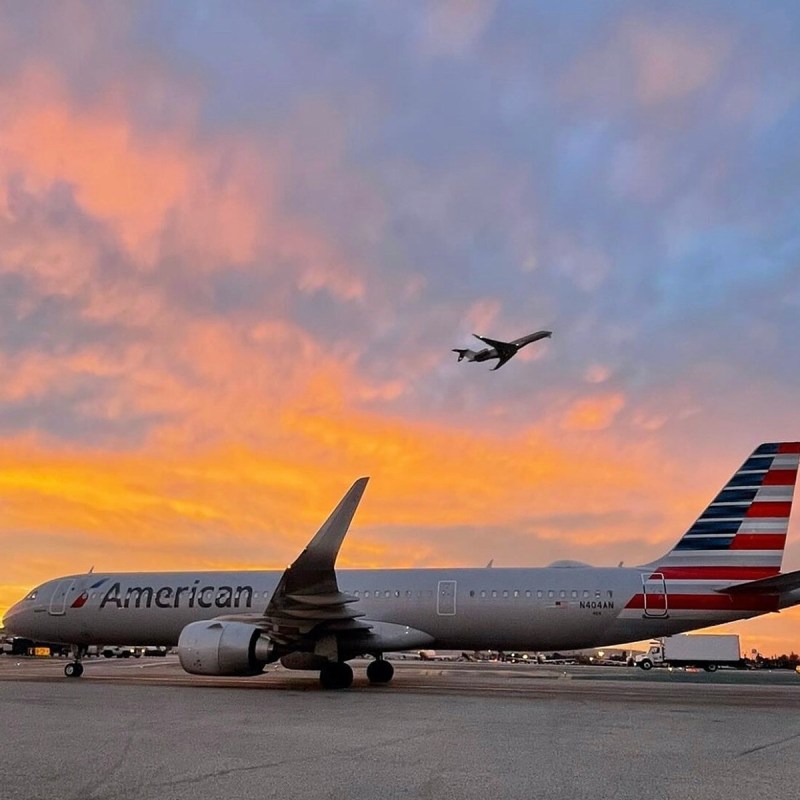
Recently, news stories featured a flight from Phoenix to Hawaii that was rocked by turbulence so extreme it sent 20 passengers to the hospital upon landing, some with very serious injuries. How could this happen in today’s age of technology? Just what kind of turbulence did this Hawaiian Airlines jet hit?
Videos by TravelAwaits
Here are your turbulence questions answered by a seasoned pilot.

What Is Turbulence?
When passengers ask me what turbulence is, I describe it as simply as I can. The easiest way to visualize turbulence is to think of it like water. When two river currents, like the Mississippi and the Missouri Rivers converge, turbulence is created where the rivers meet. Air masses behave like bodies of water; you just can’t see them. Throw in a storm and a wicked jet stream, and those “rivers” can look like the rapids of Niagara Falls.
There are basically two types of turbulence, convective and clear air turbulence (CAT).
Convective turbulence is what you most likely will feel as a passenger while the jet navigates around thunderstorms. CAT normally occurs at higher elevations and can be caused by strong wind shears near the jet stream. There are different classifications of turbulence that you have all felt while sitting in the back of a jetliner.
Soaring Like A Bird
If you’ve ever watched a large bird circling above without flapping its wings, you’re witnessing mother nature offer a free ride to the bird. The bird has learned that it can orbit in an invisible shaft of uplifting air called a thermal. It can search for food and effortlessly soar within this “thermal” area easily. Now, picture yourself flying to Las Vegas for the weekend in the middle of summer. It’s hot in the desert, and I mean hot! All that heat from the sun is warming the surface creating hot plumes (thermals) of air that rise. You can’t really see it, but boy you can feel it as your plane descends into these bumps.
One of my favorite types of convective activity is orographic lifting. It’s very easy to see on the windward side of a mountain range. The wind pushes clouds and moisture toward the mountains which forces the moisture upward. It creates a billowing, puffy, convective collection of clouds. We avoid flying near convective activity like this.
Pro Tip: Check out this article on TravelAwaits’ Why Some Pilots Fly Into Storms Or Fly Around Them to learn more about radar on airliners.

Is Turbulence Dangerous?
Turbulence isn’t necessarily dangerous, but it can be quite uncomfortable. Airliners are designed to handle the worst of it, even in severe turbulence! The real danger comes from passengers not complying with the flight crew or the seat belt sign. The passengers on the Hawaiian flight who weren’t complying with the “Remain seated with your seat belts fastened” command and then hit severe turbulence were injured. Some people who were standing shot up and actually cracked the overhead bins and overhead panels with their heads, sustaining serious injuries.
In addition to running an on-time schedule, our primary goal is safety. We all want the flight to be smooth and comfortable for our passengers. Before the flight even leaves the gate, many types of planning and forecasting are occurring behind the scenes. Our trained dispatchers are looking at meteorological data for areas with smooth conditions like wind patterns, known turbulence, and storms. The pilots are also looking at similar information. Should we consider a different route than dispatched for smoother conditions? Should we fly at a different altitude than planned for a better “ride”?
Collectively, the captain and the dispatcher agree on the route, altitude, and fuel for the flight. All of these logistics are transpiring hours before your flight, while you are en route to the airport.

What Are The Pilots Doing?
Once airborne, we are in constant communication with ATC. We have live current weather conditions streamed onto our iPads. As we transit ATC sectors, they pass along current conditions as soon as we start communicating with them. We also relay our present flight conditions so other flights in our area know what is happening up to the minute. We transmit these conditions to the ground-based weather stations via our flight computers so this information can be passed along and recorded for other pilots and dispatchers. Our dispatchers monitor our entire flight and send updates if weather conditions have changed or they have received pilot reports called PIREPS.
If we know or hear of any possible turbulence, the captain may make a quick PA and let the passengers know there are current reports of turbulence and to please remain seated with their seat belts fastened.
We have procedures in place when we do encounter turbulence. Every aircraft has what is called a “Turbulence Penetration Speed” that is normally slower than cruising speed. You might not even know that we have “slowed” down. Aircraft are fully designed to fly in turbulence. We have turbulence “levels” for our cabin crew as well. You might even hear a PA that commands flight attendants to take an immediate seat. This means taking any open seat in the cabin because they can’t make it back to their jump seats in time to buckle in! No one wants anyone to get hurt, and safety is paramount when it comes to turbulence.
What To Do If You Hit Turbulence
If you hear warnings about turbulence, firstly don’t leave your seat and stay buckled up! If you are walking and it sounds urgent, and you see an open seat grab it and buckle up. If you are laying in a sleeper chair, make sure your seat belt is fastened and clip it on top of the blankets so the flight crew can see you are secured. If you are walking back to your seat, use the top of the seats to stabilize yourself if the ride is bumpy. If you are tall enough, sometimes touching the overhead bins can steady yourself as you hurry back to your seat.

What Can You Do?
If you are a white-knuckle traveler and want to know if your trip is expected to run into turbulence, do a little intel prior to your flight.
- Hop onto FlightAware and type in your airline and flight number. A route will be shown with the usual planning for that flight. Superimposed on that map is any current weather, like rain showers.
- Now type in “NOAA radar” and look at the “big picture” of weather systems.
- Take it a step deeper and look at the Aviation Weather Center, click on Forecasts from the main menu and scroll down to Aviation Forecasts. Here you can see wind directions, icing, turbulence, and lots of other aviation goodies.
Sometimes a little knowledge of where you are going and what is forecast can help alleviate white knuckles. You can also download MyFlight Forecast from the app store and follow along in-flight with Wi-Fi. This is a very special app designed specifically for nervous flyers.
Wishing you smooth air, tailwinds, and safe travels. See you in the sky!
